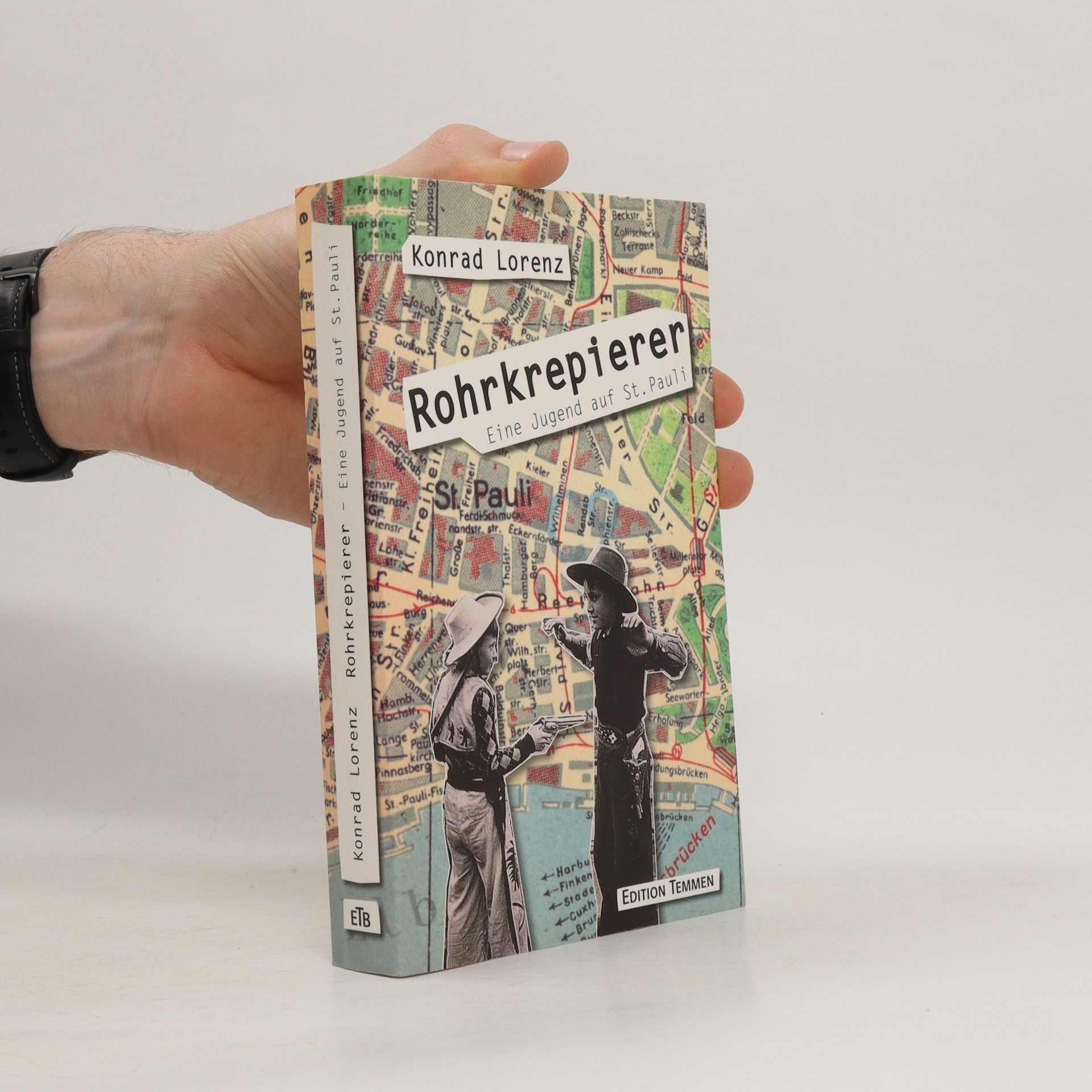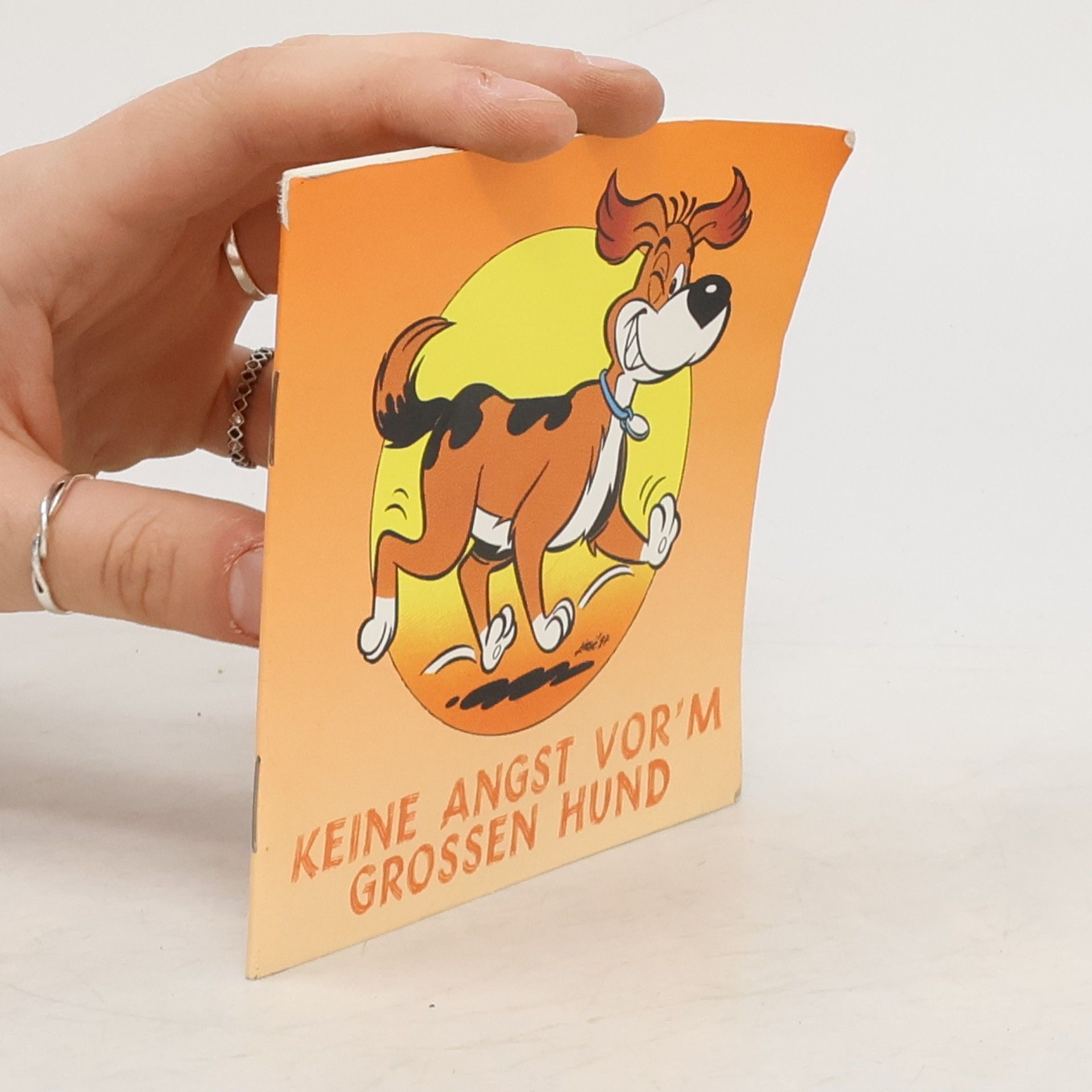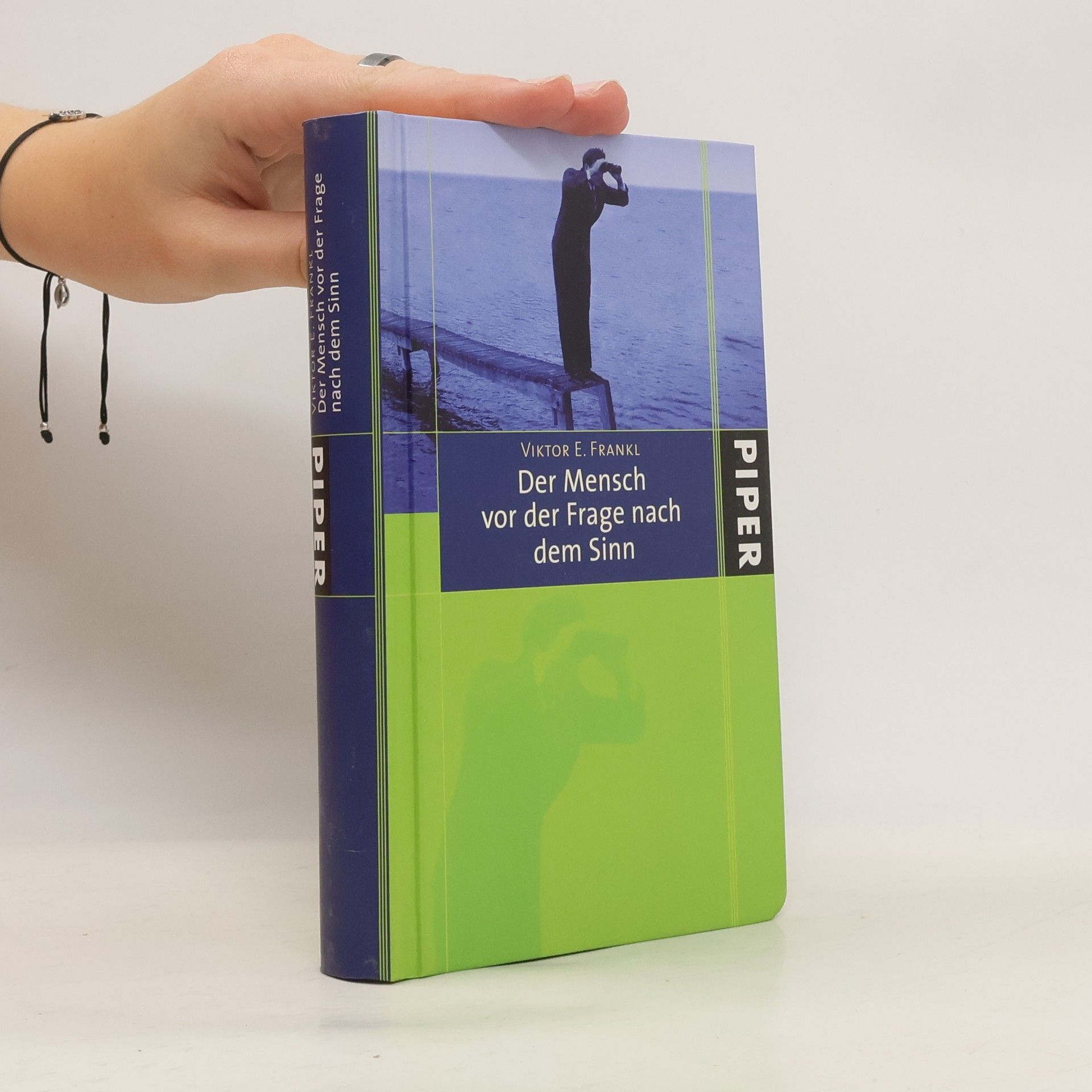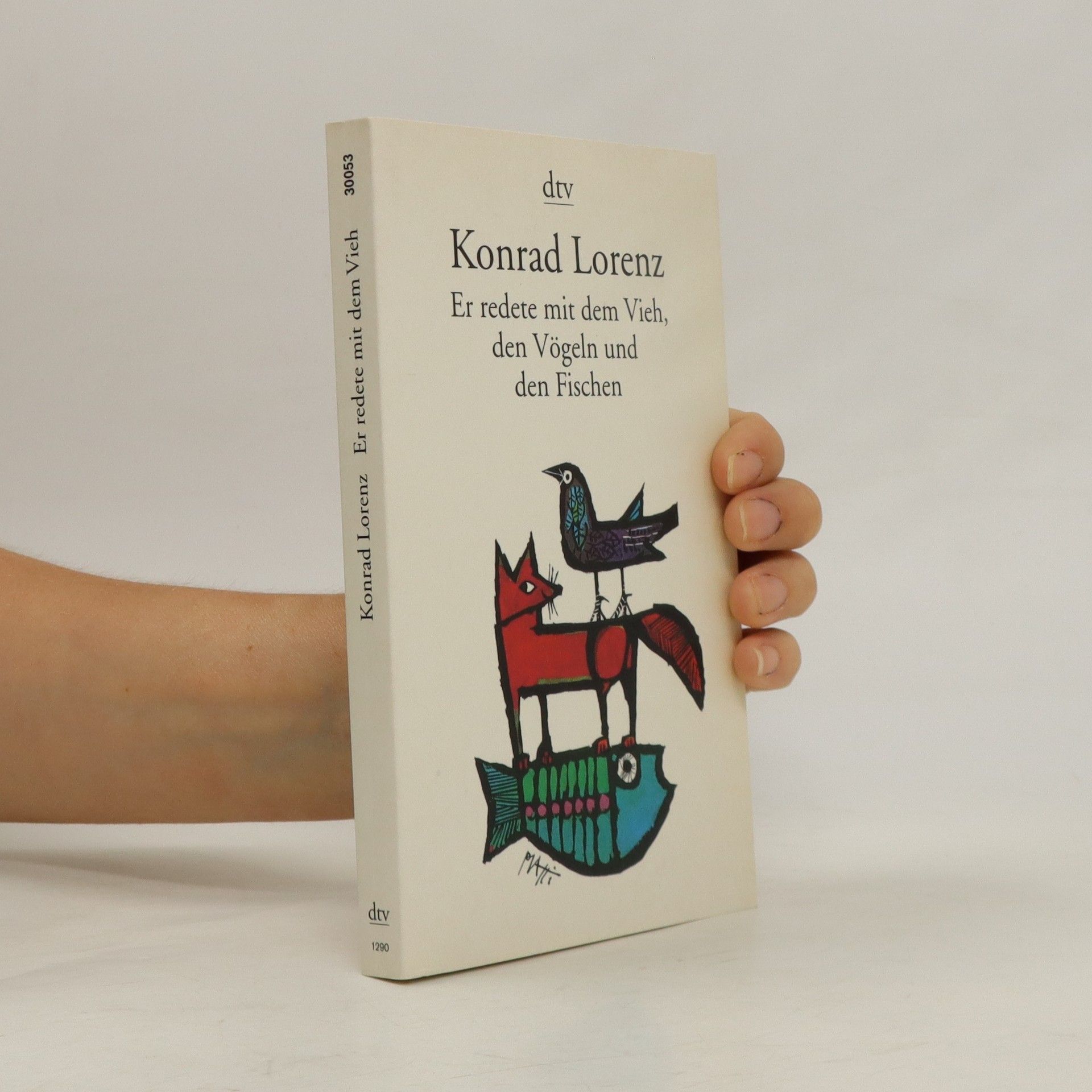'Dwarsläufer' ist ein kleiner Krebs mit seitlich orientiertem Fluchtverhalten und abwehrend erhobenen Zangen. Oder ein Schiff, das gefährlich Zickzack fährt. Beides trifft auf Kalle Franke zu. Er hetzt zwischen zwei Frauen hin und her und weicht seinen wachsenden Problemen aus, bis es knallt. Immer wieder schlingert sein Lebenskurs – erst in seiner Seefahrtszeit auf einem Hochseeschlepper, dann als Hamburger Maschinenbaustudent und WG-Bewohner. Nach seinem Kiez-Bestseller 'Rohrkrepierer' lässt Konrad Lorenz seinen Helden Kalle als jungen Mann die Seefahrt kennenlernen und die Aufbruchstimmung der 60er und 70er Jahre in den Wohngemeinschaften und Kneipen der Hamburger Studentenszene des Uni-Viertels erleben – und zeigt dabei, wie Liebe und Leidenschaft schonungslos ins böse Chaos führen können.
Konrad Lorenz Book order
Konrad Lorenz was a pioneering zoologist and a founder of modern ethology. He meticulously studied the instinctive behaviors of animals, particularly focusing on greylag geese and jackdaws. Lorenz became widely recognized for his groundbreaking descriptions of imprinting, the crucial process by which young birds instinctively bond with the first moving object they encounter. His collaborative work with Nikolaas Tinbergen was instrumental in establishing ethology as a distinct sub-discipline within biology.



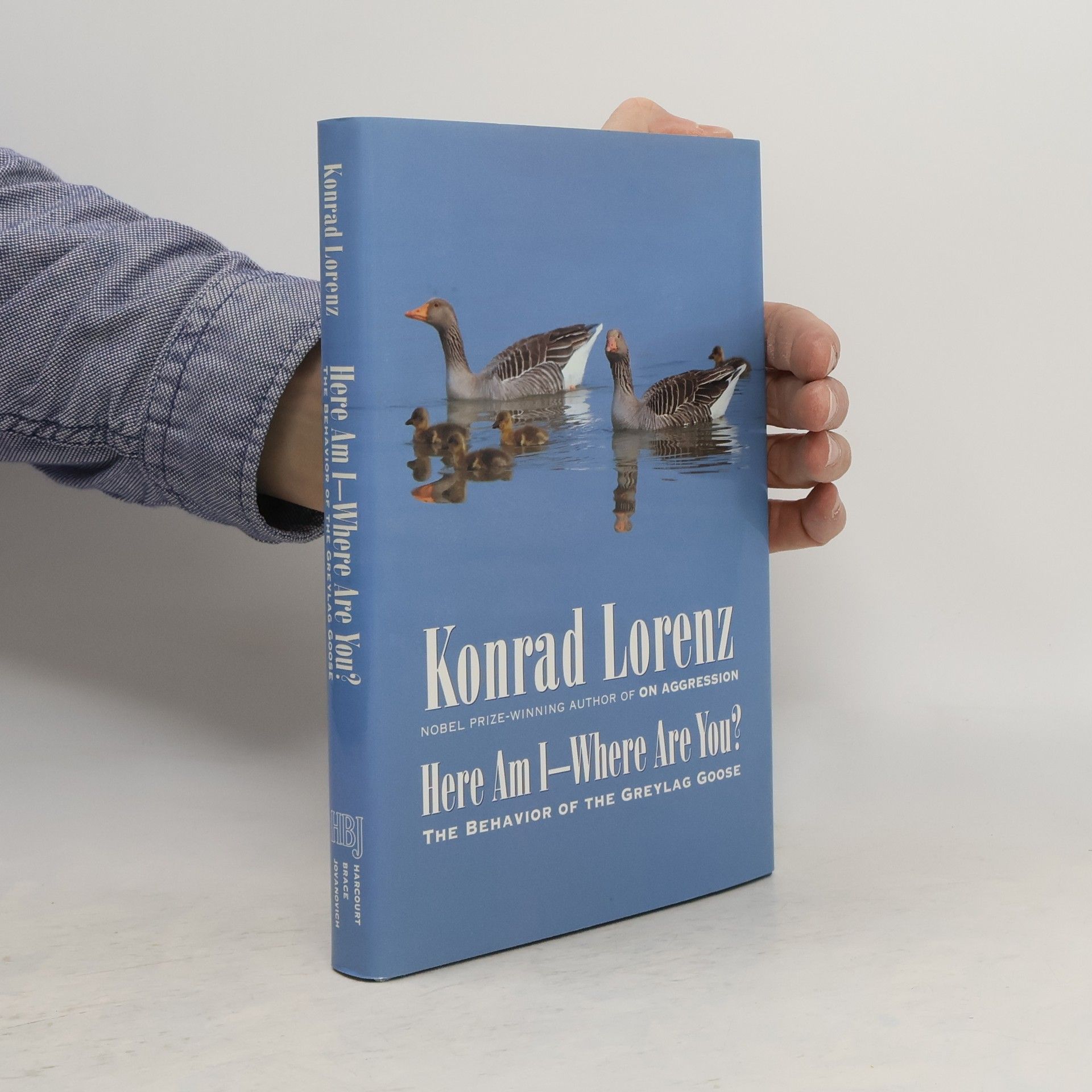

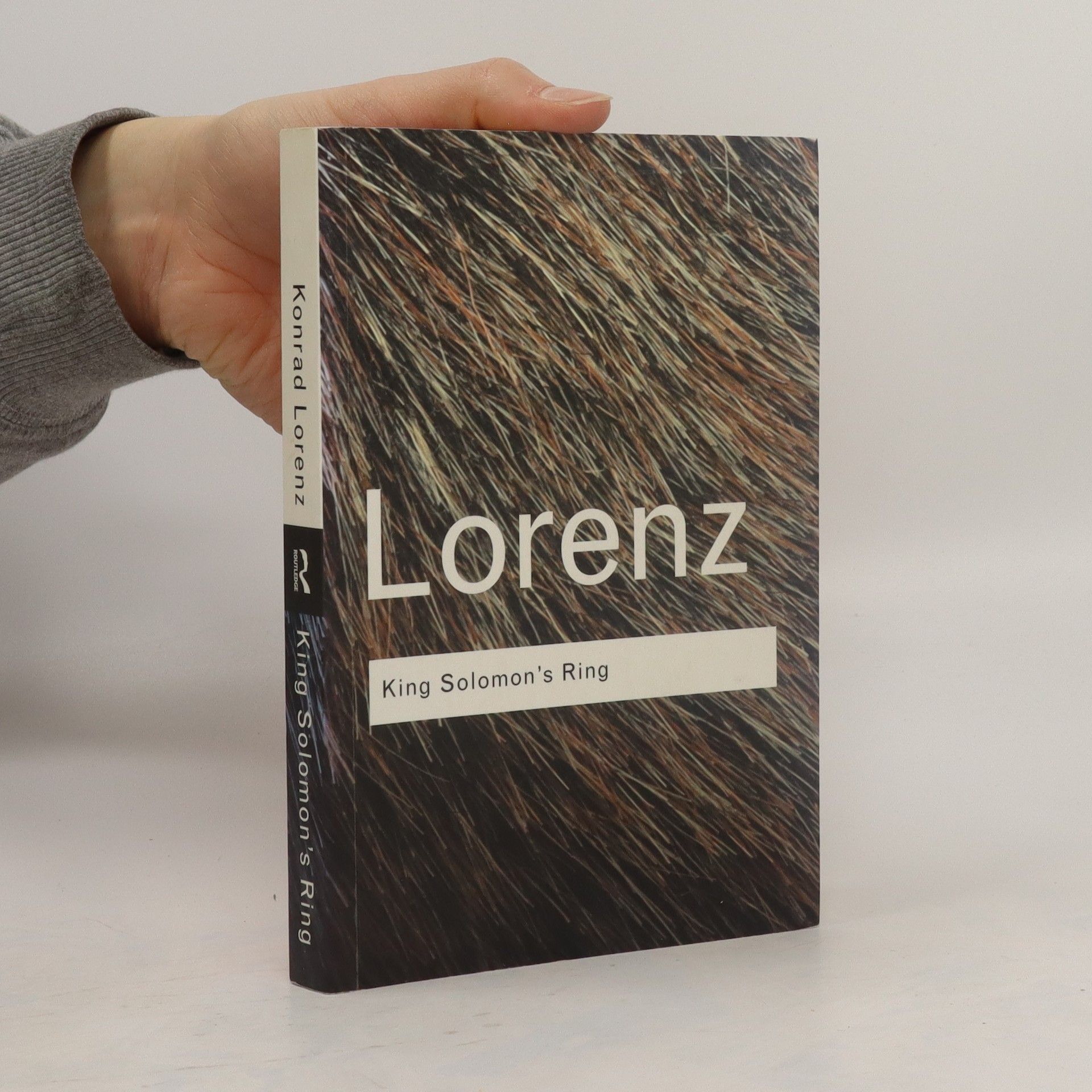

- 2013
- 2011
Rohrkrepierer
Eine Jugend auf St. Pauli
Jeder erhält das Geschenk seiner Jugend, wenn man es denn ein Geschenk nennen kann. Eine Jugend „auf St Pauli“ in der Nachkriegszeit ist etwas Besonderes, besonders dreckig, hungrig, spießig und jenseits aller üblichen bürgerlichen Moralvorstellungen. 1940 bis 1962: vom Schwarzmarkt Ecke Reeperbahn und Talstraße, über die Mutprobe, nach der Schule durch die Herbertstraße zu rennen, bis zu Tante Hermine, St. Paulis erster Szenekneipe in der Hafenstraße. Es fehlen die Väter. Und die, die wieder auftauchen, sind kriegsbeschädigt, vor allem im Kopf. Die Mütter sind es, die den Kampf ums Überleben organisieren. Den Söhnen geht es ums Kino, um Jazz, um die Neugier auf Sexualität in einer Welt von Spießbürgern, Prostituierten, Zuhältern und Seeleuten. Kalle schildert sehr genau aus seinem Leben in diesem Milieu, er erzählt von seinen Erfolgen und Niederlagen und von seiner ersten, großen Liebe, die mit der Seefahrt nur schwer zu vereinbaren ist. Mit „Rohrkrepierer“ ist Konrad Lorenz ein fesselnder, authentischer Roman gelungen, der nicht nur die Hamburger begeistern wird.
- 2003
Als Kind wollte er zuerst eine Eule sein, dann doch lieber eine Wildgans. Als 'Vater der Graugans' und als Begründer der Vergleichenden Verhaltensforschung wurde er schließlich weltberühmt und einer der einflußreichsten und zugleich umstrittensten Naturwissenschaftler des 20. Jahrhunderts: Konrad Lorenz, geboren 1903 in Wien. Seine Bücher wurden Bestseller, zu einer Autobiographie hinterließ er nur Fragmente. Zu seinem 100. Geburtstag erscheint erstmals auf deutsch ein autobiographischer Text, in dem er über sein Leben, seine Familie und seine Wissenschaft berichtet. Irenäus Eibl-Eibesfeldt analysiert die wissenschaftliche Bedeutung des Nobelpreisträgers. Wolfgang Schleidt, ebenfalls Schüler und Mitstreiter von Lorenz, schreibt über Konrad Lorenz in seiner Zeit und dabei auch über dessen immer wieder kontrovers diskutierte Rolle im 'Dritten Reich'.
- 1998
Keine Angst vor'm grossen Hund
- 22 pages
- 1 hour of reading
- 1998
Viktor E. Frankl (1905–1997) hat die Logotherapie begründet. Dieses Buch ist ein Querschnitt durch seine Texte zur Psychotherapie. Frankls Frage nach dem Sinn des Lebens bleibt so aktuell wie seine Antworten darauf. 'Die Arbeiten von Frankl sind der wichtigste Beitrag zur Psychotherapie seit Freud.' Therapiewoche
- 1997
Budoucnost je otevřená
- 127 pages
- 5 hours of reading
Budoucí směřování světa je zcela závislé na hodnotách, kterými se lidstvo bude řídit. Skutečné hodnoty zosobňuje demokratická společnost, která je nejspravedlivějším existujícím společenským řádem.
- 1996
Hundstage
- 60 pages
- 3 hours of reading
- 1993
Worte meiner Tiere
- 126 pages
- 5 hours of reading
- 1993
Er redete mit dem Vieh, den Vögeln und den Fischen : Ungek. Ausg.
- 186 pages
- 7 hours of reading

